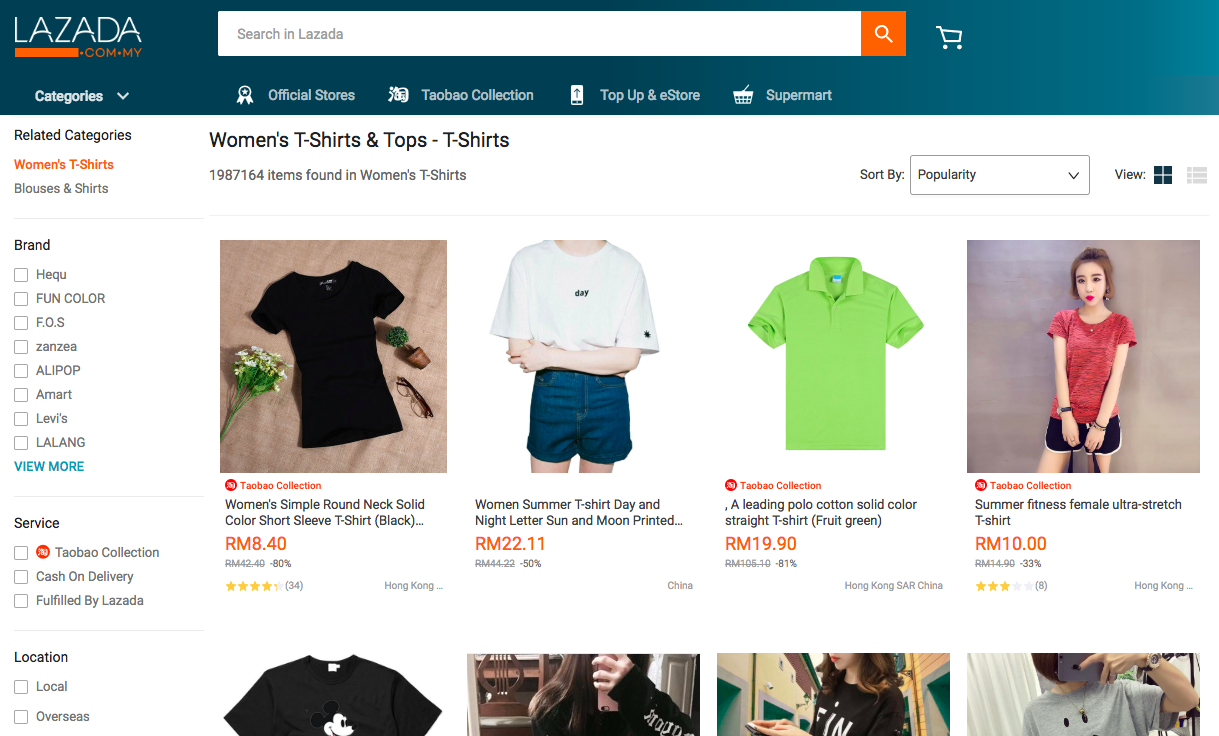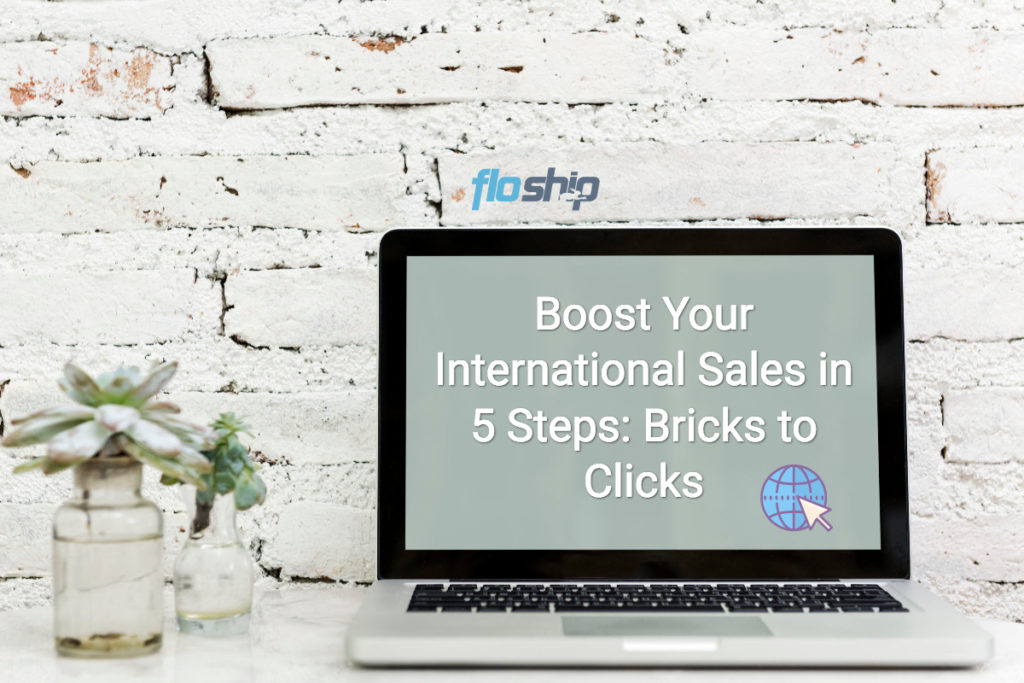Since Cleveland-based Book Stacks launched books.com, now Barnes and Noble, the first commercial sales website with credit card processing in 1992, there have been differing opinions on the ecommerce business model.
Some established brick and mortar retailers assumed it was a fad, and would fade away soon. Today that seem laughable.
Others realized that there’s a place for it and created multi-channel shopping experiences for their customers.
Initially, web-only retailers experienced a rapid rise in the amount of sales they generated, but in the past couple of years, small businesses with multi-channel offerings are closing the gap.
Once ridiculed as “never going to work,” ecommerce sales are projected to be of 15.5% of all global retail sales in 2020.
On their part, customers have embraced the multi-channel opportunities offered by ecommerce:
More customers use the approach to compare, buy, pick up their products.
One report shows that up to a third of online shoppers are opting to pick up their orders in physical stores.
The plus side of this is that around 25% of those consumers, also buy more goods in-store.
Apart from an increase in sales, retailers also benefit from the use of ecommerce by:
- Experiencing a reduction in the overall cost of doing business. Maintaining a website is nowhere as expensive as locating, leasing, stocking and staffing physical store space.
- Monitoring consumer behavior on their sites, retailers can obtain powerful customer insights. These insights can help with new product development, marketing campaigns etc.
- Reaching more customers, as ecommerce allows businesses expand their sales across local and international borders.
Rather than a constraint, an online shop can be a complement to an existing brick and mortar store.
With the increased buying power among emerging markets, better payment processor options and advanced international shipping options, selling across borders is becoming more financially viable everyday.
Selling internationally used to be fraught with many problems:
Everything from local laws to issues with currency. These days, with an ecommerce store, businesses can easily sell to customers entire continents away.
Want to boost profits from your physical store, using the power of ecommerce?

You should examine your international sales offer using these five pillars:
1. Know Your Product
Certain goods are always going to be more difficult to sell online than others.
There are just some goods that consumers need to touch and hold before making a purchase.
An example is jewelry:
While there are multiple stores selling online, most sales are concluded in-store.
There is also the issue of legality. Are there any government regulations that govern the sale of your product category?
Before anything else, find out if there is a place for your product in that market.
2. Determine Fit with Existing Business
The next step is to determine where ecommerce will fit with your current business model.
Define what percentage of your overall sales will come from ecommerce.
What role will an ecommerce platform serve in your business?
Determine these and see if it’s worth setting up a robust ecommerce platform for international sales.
3. Determine the Right Entry Strategy
How do you plan to break into the local market?
Some retailers open pop-up stores in busy parts of a town to test consumer demand. Others rely on a purely digital platform to connect with ideal customers.
The right entry strategy may also involve a branding appraisal:
Remember you are selling to an international audience where culture and customs may differ from yours.
While the core company message should remain the same, ensure that no part of it is lost in translation.
Your logo, colors and branding must be all vetted by local marketing consultants.
4. Your First Website
Developing a branded website tailored to that region is much cheaper than opening multiple physical stores in the region.
A targeted website can also be used to target your ideal demographic, while reducing the cost of marketing.
Everything from the use of a localized URL to the type of promotions to run and the right social media platforms to use, must be considered.
Maybe you don’t want to go with a local website directly, there are many marketplaces just as popular as Amazon.com outside of your home region. They already have the traffic and the trust of the local market.

For a primer on the top 150 international marketplaces where you can sell your goods, Floship has a free ebook you can download here.
5. Which Fulfillment Options to Use
Using ecommerce allows you to sell to customers from afar, but how do you plan to deliver the goods to the customer?
Are you going to rely on local shipping companies to deliver goods thousands of miles away?
The international customer is trusting you with their money, don’t let poor last mile delivery hamper your sales.
More retailers are using order fulfillment providers or 3PLs to ensure speedy and safe delivery of their products to customers.
A report by DeLoitte points out how emerging markets in Asia, South America, and Europe are outpacing mature markets in the United States.
Expanding internationally in the pursuit of more sales suddenly seems like a risk worth taking.
Examine your product and offering using these steps and determine if there is a market for you across your borders.
—–
Floship is an order fulfillment focused on delivering customer satisfaction. Our clients trust us to deliver speedy, top notch every time. Contact us today and let’s see how we can work with you to expand your customer base worldwide.

Ready To Upgrade Your Logistic Solution?
Speak to Floship ecommerce logistic consultant about improving your global support chain today





